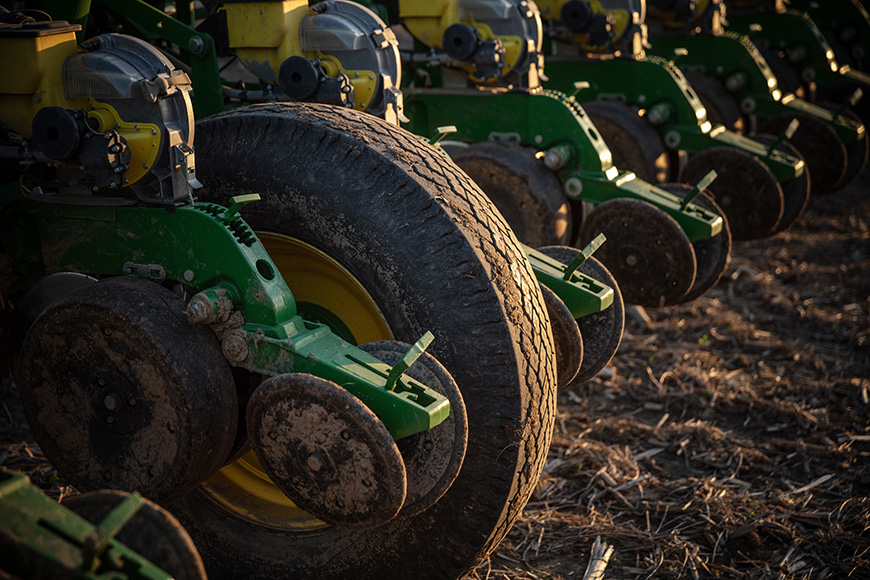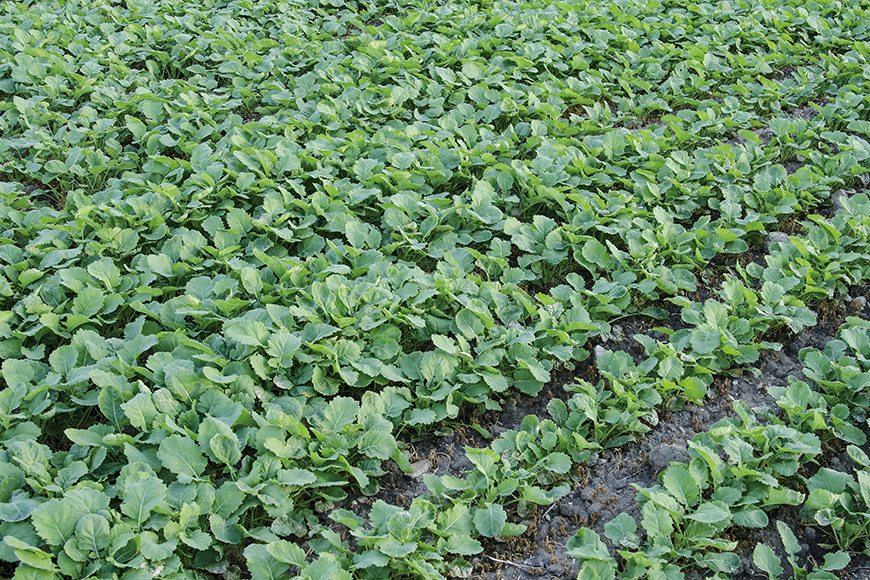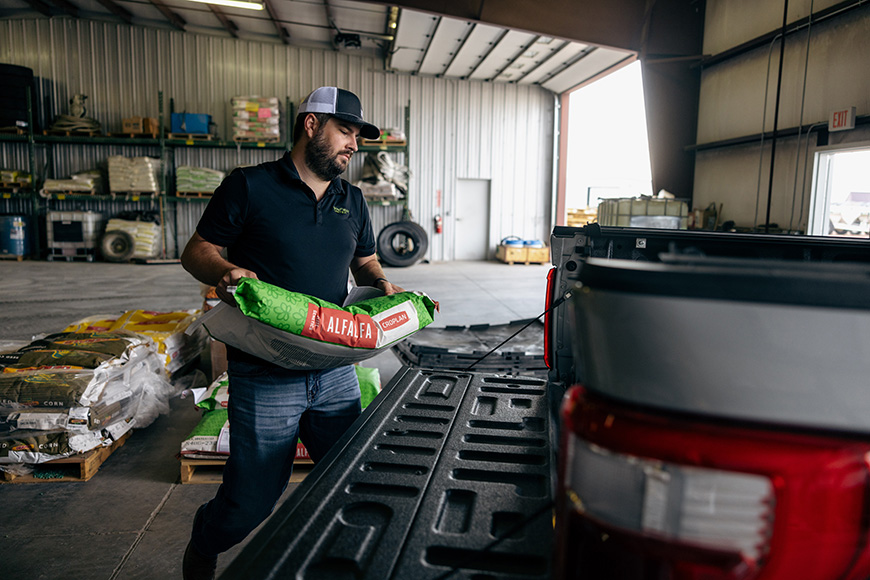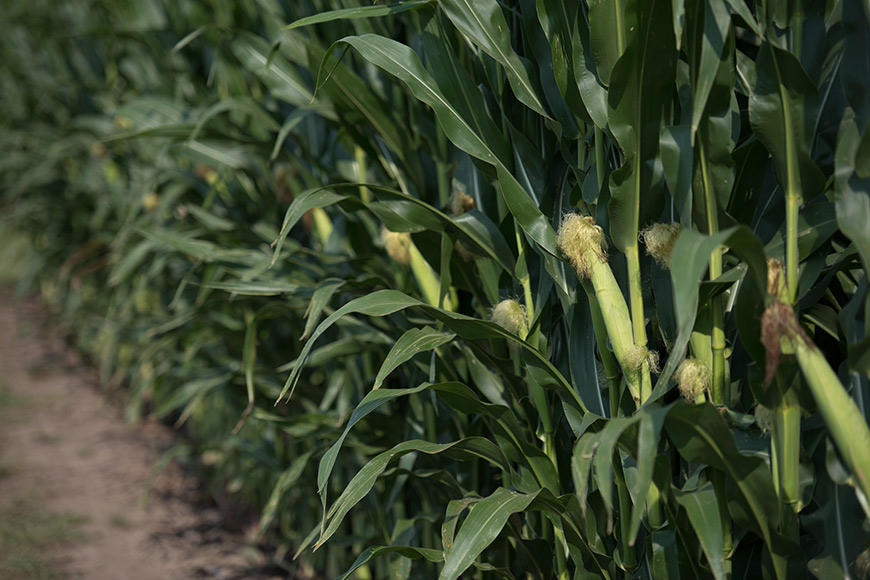The Do's and Don'ts Of Planting Season
Tyler Steinkamp
Crop Protection Product Manager

If you chose CROPLAN® seed this season, your spring is already off to a great start. But you know what they say: The sins of the planter will haunt you all season long.
You can pick the perfect hybrid, but if you plant it in poor conditions, you could leave performance potential on the table. These do’s and don’ts will help you avoid common mistakes and maximize the potential of your seed investment.
DO: Stay Ready
This may be the easiest, most self-explanatory tip because what farmer isn’t itching to get in the field right now? But it’s important to make sure your equipment is as ready as you are. Planting conditions can change quickly so it’s important to prepare your machinery and give your planter a thorough check-up so you’re ready to hit the field as soon as conditions permit.
Here’s a quick checklist of key planter parts to evaluate:
| Drive system | |
| Bushings and parallel linkage | |
| Down pressure mechanics | |
| Row cleaners | |
| Gauge wheels | |
| Disc openers | |
| Closing wheels | |
| Seed tubes | |
| Seed firmers | |
| Meter calibration |
DON’T: Rush To Get In The Field
If nothing else, this is the “don’t” that will get you. There will always be the farmers who rush to get in the field and end up planting into conditions that are too cold or wet, causing compaction and smearing the seed trench sidewall, or even causing the seed to rot and die. Don’t let that be you.
Remain patient and wait for optimal conditions. Aim for soil temperatures of at least 50 F. If you plant corn in soil conditions cooler than that, you run the risk of imbibitional chilling.
When corn seeds take up water, cell membranes stretch and cells expand. When water around 39 F is absorbed, it can cause membrane damage, which often results in cell solute and sugar leakage. This, in turn, is likely to reduce the plant’s growth rate and interfere with the emerging seedling’s development.
That’s why it’s important to keep an eye on the short-term forecast too. If there are cooler temperatures expected in the following day or two, it could reduce soil temperatures and cause injury. For corn, it’s important for seeds to be in an environment of about 50 F for at least 48 hours. For soybeans, that critical window is only 24 hours.
This seed stress map tracks soil conditions, factoring in temperature and moisture throughout the spring. Keep an eye on your local area and reference this real-time resource to help inform your planting decisions.
DO: Prioritize Seed-To-Soil Contact
Along with soil temperature and moisture, seed-to-soil contact is one of the key factors that impacts seed success. Soil surrounding and contacting the seed helps it uptake water. By comparison, if an air pocket exists around the seed, it could cause it to dry out and deter emergence.
Consistent seed-to-soil contact is key for even emergence. Planting at proper soil moisture, temperature and depth all support good seed-to-soil contact, while open planter furrows, trash in the seed furrow, or cloddy seedbeds can diminish it.
DON’T: Forget To Check Your Planter Regularly
Planter malfunctions like seed skips and multiples can impact plant performance throughout the season. Corn plants thrive when they’re uniformly spaced. When they’re too close together, they start competing for resources. When there’s too large of a gap, that’s yield potential left on the table.
Check your planter regularly throughout the season. Pay close attention to the monitor and make sure you know what all the features indicate so you can quickly identify any issues. Oftentimes, when I go out to evaluate an issue mid-season, it’s due to a planting error.
DO: Be Intentional With Planting Depth
Planting depth should be adjusted based on field conditions like soil moisture. If a seed is planted too deep, it could expend all its energy just trying to reach the surface before it can produce new energy through photosynthesis. If a seed is planted too shallow, the seedling could dry out and die with roots unable to reach soil moisture.
In the Midwest, 1.5 to 2.5 inches deep for corn is typically the recommended range. The sweet spot for no-till corn is around 2 inches. Tilled ground will settle so 2.5 inches is an appropriate planting depth on those acres. Any shallower than that, however, you can run into issues with inconsistent soil moisture causing uneven emergence and early-season root lodging.
DON’T: Overlook At-Plant Tools
A good, quality seed treatment is critical for early-season support. In fact, all CROPLAN corn hybrids come with Fortivent Plus® seed treatment, which combines the early-season insect control of Poncho® VoTiVo® seed treatment with ethaboxam fungicide for enhanced pythium control. It also includes Fortivent Zn, which has shown to be outstanding for early corn development, including stand establishment and improved yield potential.
But having a quality seed treatment doesn’t make other at-plant tools irrelevant. Products like starter fertilizers or plant growth regulators, such as Ascend2® PGR, can have a significant positive impact, especially when field conditions are less than ideal. They can help stimulate root growth and promote seedling vigor, leading to faster, more even emergence and more robust root systems that pay off all season.
DO: Call Your Local Seed Retail Expert With Questions
Planting is an exciting but high-risk time of year. If you have any questions or need an expert’s point of view, contact your local CROPLAN retailer. They take your success personally and are dedicated to helping you manage your CROPLAN products through to success.
All photos are either the property of WinField United or used with permission.
© 2024 WinField United. Important: Before use always read and follow label instructions. Crop performance is dependent on several factors many of which are beyond the control of WinField United, including without limitation, soil type, pest pressures, agronomic practices and weather conditions. Growers are encouraged to consider data from multiple locations, over multiple years and to be mindful of how such agronomic conditions could impact results. Ascend2, CROPLAN, Fortivent Plus and WinField are trademarks of WinField United. All other trademarks are the property of their respective owners.
IF YOU LOVE OUR INSIGHT, YOU’LL LOVE OUR ROI POTENTIAL
Every successful harvest starts with a seed. It just can't end there. Choose which high-performing seed products you’ll start with this season.






